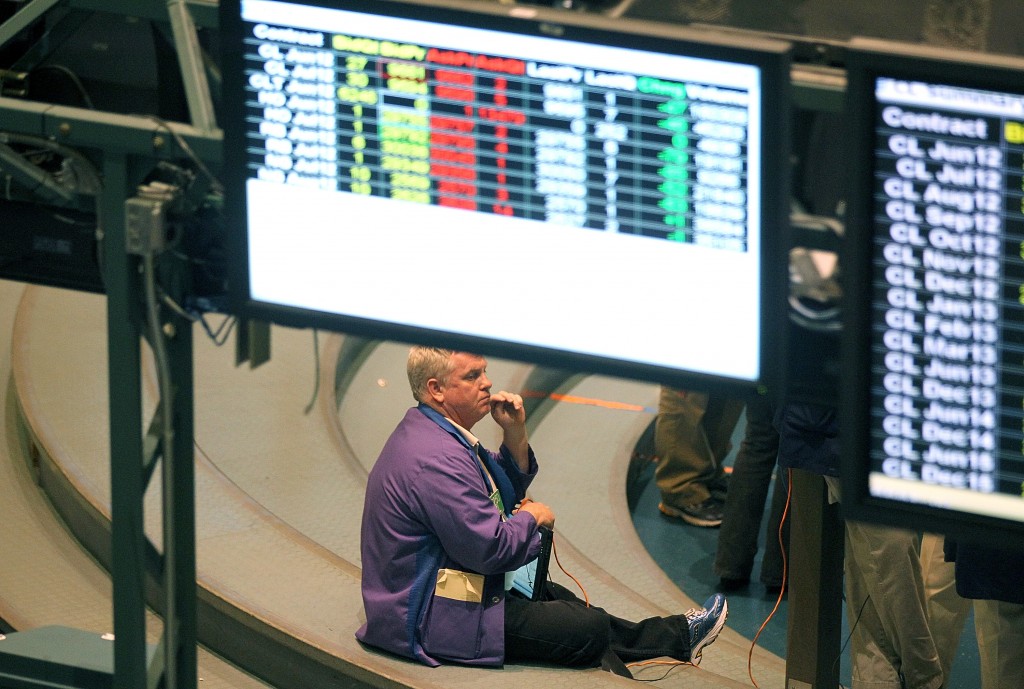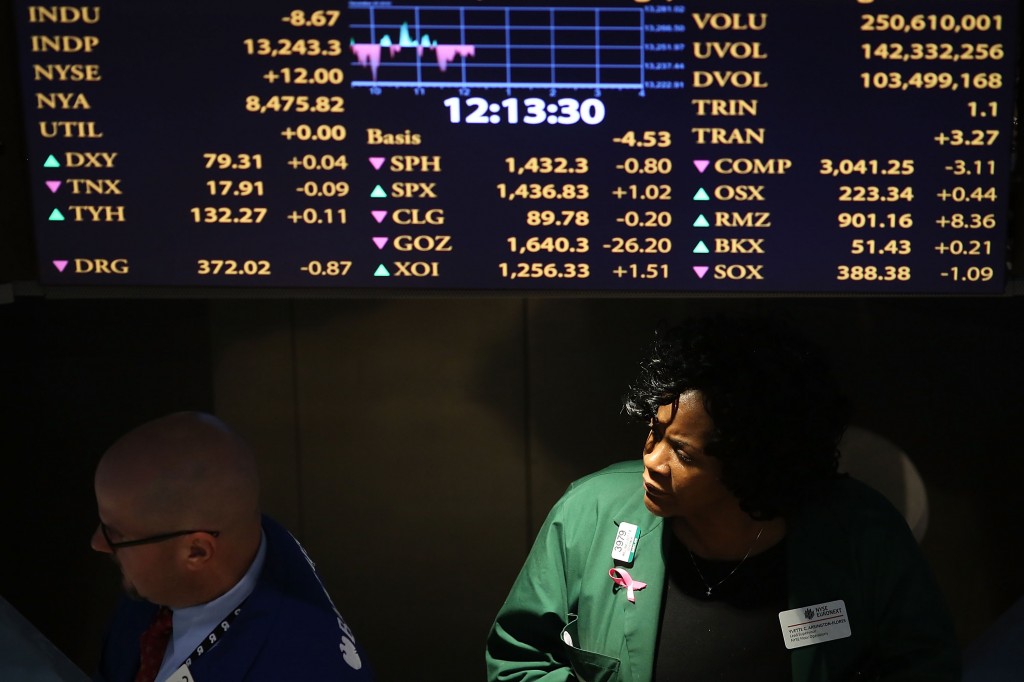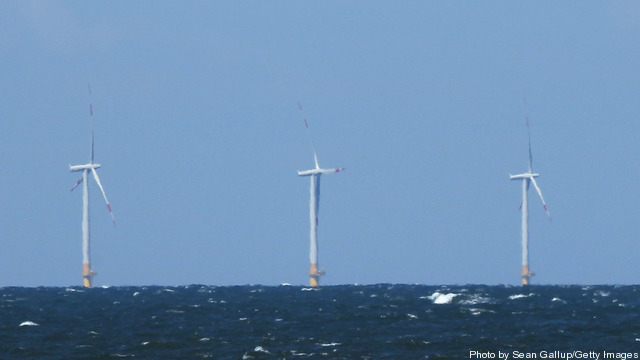Here’s an interesting look at the continuing trend of big banks unwinding their trading operations amid increased regulatory oversight and proprietary trading prohibitions. Many of the big players have left the space that’s increasingly being filled by new entrants like major trading houses. ‘“Today’s markets are ‘boring,’ said Thomas Thees, a former head of North… Keep reading →
Banks
Energy News Roundup: Quiet Trading Markets as Banks Depart, Norwegian Oil & Gas and Bearish US Nat Gas Signals
By Jared AndersonSign up and get Breaking Energy news in your inbox.
We will never sell or share your information without your consent. See our privacy policy.As Wall Street retreats from the energy trading business new players like major oil companies, utilities and other corporate enterprises are taking large chunks of the energy derivative and price hedging market. “With Wall Street hamstrung by growing regulatory restrictions, a recently finalized ban on proprietary trading and increased capital requirements, these corporate behemoths are… Keep reading →

If the sky isn’t falling when it comes to energy availability, what does that mean for your portfolio?
After years of forecasts – part of a long tradition – that oil supplies were close to running out with the potential for immense supply shocks for the global economy, Wall Street analysts are beginning to build a new consensus around the potential for an unexpected and still-emerging demand-side shock. Keep reading →

Position limits on energy futures could be here sooner than Wall Street thinks. Legislators are pushing regulators to cap the speculative fervor in crude oil futures as gasoline prices in the U.S. climb higher. While regulators have dragged their heels in pushing this issue forward, election year politics could pressure them to speed up their timetable if gasoline prices continue to rise, catching the big speculators — namely the large U.S. banks — by surprise. The much-maligned Dodd-Frank financial reform act called on regulators, in this case, the Commodity Futures Trading Commission, to impose and enforce position limits to calm volatility in the commodity markets. This would limit the amount of options or futures contracts speculators could hold in a commodity. Many in the industry believe that too much speculation by certain large entities, mainly the big investment firms, have pushed prices up and distorted the market for a whole host of commodities — most importantly, the crude oil market.

Renewable energy’s future is now in the developing world, analysts at accounting giant Ernst & Young claim, as cost-conscious and indebted industrial economies focus on investments like smart grid that can slow demand and cut costs.
After a robust decade driven first by concerns about climate change and eventually-foiled expectations that a global price on greenhouse gas emissions would emerge followed by heavy central-government subsidies for renewable energy projects seen as promoting energy security and job growth, the renewable energy sector is moving into a “revolutionary” new phase, a new E&Y report indexing renewable energy country attractiveness says. Keep reading →

Hundreds of millions of dollars have been committed to solar and wind projects in recent weeks, and while the end of the year often brings with it a spate of deals to avoid upcoming changes in tax policy, this time the money is coming from a new and different source.
The rush of dealmaking in the final weeks of 2011 has been striking after a relatively slow year in fundraising for energy deals of any kind, but even more surprising have been the players: private equity firms and hedge funds. Keep reading →





Citic, CLSA, CNOOC, Nexen, Sinopec and Talisman: China’s Multi-Billion Dollar Week in the Energy Markets
By Peter GardettThe bureaucrats in Beijing and the businessmen in Shanghai have been busy in recent weeks, negotiating a series of headline deals that sync into broader themes of Chinese access to global energy and commodities markets.
Bankers at Wall Street and City of London banks have spent much of the past week telling financial reporters that the impending sale of the remaining 80% of the Asian arm of French bank Credit Agricole represented an old finance industry meme: an out-of-towner overpaying for access to the premier league of global banking. Keep reading →